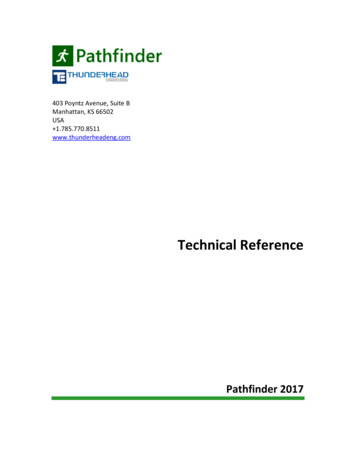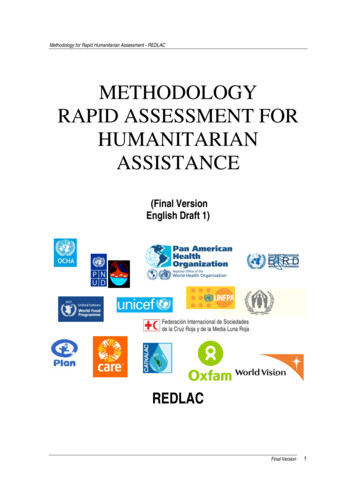
Transcription
Methodology for Rapid Humanitarian Assessment - REDLACMETHODOLOGYRAPID ASSESSMENT FORHUMANITARIANASSISTANCE(Final VersionEnglish Draft 1)REDLACFinal Version1
Methodology for Rapid Humanitarian Assessment - REDLACPanamaDecember 2006Regional Organizations participating in REDLAC:OCHAUNDP – BCPRWFPUNICEFIFRCISDRPAHO/WHOPNUMAOXFAMCAREPlan InternationalAd-hoc Members:ECHO – Regional Office for Central America, the Caribbean and South AmericaOFDA – Regional OfficeECLAC –Economic Commission for Latin AmericaWith collaboration from:National Civil Protection System – Panama (SINAPROC)National Disaster Prevention System - Nicaragua (SINAPRED)Ministry of Health and Sport of the Republic de BoliviaVice ministry of Civil Defence and Cooperation for the Integral Development of the Republic of BoliviaPanamanian Red CrossCOSUDE – Peru (Regional Office)World Vision – Regional OfficePAHO/WHO BoliviaOCHA – Nicaragua and Guatemala OfficesAdvisor / Consultant:Marco Antonio Rodríguez CorralesFinal Version2
Methodology for Rapid Humanitarian Assessment - REDLACContentsAcronyms. 5Glossary . 6Introduction . 71. DESCRIPTION OF CONTENTS . 82. DISASTERS AND THEIR IMPACT . 92.1 Characteristics of disasters . 92.2 Characteristics of the disaster zone . 92.3 Impact of disasters . 103. RAPID HUMANITARIAN ASSISTANCE IN DISASTER SITUATIONS . 123.1 Why a rapid assessment? . 123.2 Integrated focus in an assessment . 123.3 Objective . 133.4 Nature . 133.5 Characteristics . 143.6 Timeframe of application . 143.7 Expected Results . 143.8 Variables . 153.9 Coordination Support . 153.10 Relation with SitReps and Flash Appeals . 153.11 Information Monitoring . 164. RAPID HUMANITARIAN ASSESSMENT TEAMS . 174.1 Assessment Teams . 174.2 Coordination with national teams . 174.3 Conformation of thematic teams (clusters) . 184.4 Levels of training . 184.5 Coordination with national authorities . 184.6 Participation with other humanitarian and social actors . 185. RAPID HUMANITARIAN ASSESSMENT PROCESS . 195.1 Administration of information prior to the disaster . 195.2 Organization of the rapid assessment . 195.3 Selecting sources of information . 195.4 Compiling information . 205.5 Validating information . 215.6 Analysis of information and drafting reports . 215.7 Flow of information . 225.8 Decision making process . 226. COMMUNICATION AND DIFFUSION . 247. TOOLS FOR THE RAPID HUMANITARIAN ASSESSMENT . 257.1 The tools . 257.2 Adapting the tools as national instruments . 267.3 Map of indicators . 278. CRITERIA FOR RAPID ASSESSMENT . 288.1 General situation of the population . 288.2 Geographic situation of the disaster zone . 29Final Version3
Methodology for Rapid Humanitarian Assessment - REDLAC8.3 Health situation . 308.4 Food and nutrition . 318.5 Water . 328.6 Basic and environmental sanitation . 328.7 Shelters. 328.8 Livelihood (Early Recovery). 338.9 Protection . 338.10 Organization and Coordination . 338.11 Education . 349. QUESTIONNAIRE GUIDE FOR RAPID HUMANITARIAN ASSESSMENT . 359.1 General Questions . 359.2 General situation of the population . 359.3 Geographic situation of the affected zone . 369.4 Health situation . 369.5 Water . 389.6 Basic and environmental sanitation . 389.7 Food and nutrition . 399.8 Shelter . 419.9 Livelihood (Early Recovery). 419.10 Protection . 429.11 Organization and Coordination . 439.12 Education . 4410. SHORT CHECK LIST FOR RAPID ASSESSMENT . 4511. RAPID ASSESSMENT FORM . 4612. REPORTS . 5912.1 Situation Reports . 5912.2 Flash Appeal . 5913. ANNEXES . 6113.1 Principles for the Management and Exchange of Humanitarian Information . 6113.2 Main Search and Rescue (SAR) Indicators . 6113.3 Instructions for completing the form . 62Final Version4
Methodology for Rapid Humanitarian Assessment - REDLACAcronymsSitRepsSituation ReportsREDLACWork Group on Risk, Emergency, and Disaster of the Interagency Standing Committee forthe American and Caribbean regionUNSUnited Nations SystemUNETEUnited Nations Emergency Technical TeamFinal Version5
Methodology for Rapid Humanitarian Assessment - REDLACGlossaryFlash AppealInternational appeal for disaster responseAffectedPeople who have suffered a loss of basic community servicesVictimsPeople who have suffered a loss of property, including their dwellings, and require socialand/or economic assistance and temporary work to guarantee their wellbeing and alleviatesuffering.DisplacedPeople who have had to abandon their houses as a consequence of the disaster.Final Version6
Methodology for Rapid Humanitarian Assessment - REDLACIntroductionThe Work Group for Risk, Emergencies and Disasters for the region’s Interagency Standing Committee(REDLAC) was formed with the aim of creating a platform for the exchange of information, reflection andactions that optimize preparedness and response actions for preventing and mitigating suffering of populationsvulnerable to natural disasters is Latin America and the Caribbean. The group focuses its interventions duringthe response and preparedness stages and coordinates tasks of prevention and mitigation with other actors.Coordination is the centre of the group’s strategy, as a mechanism for improving response in affectedcountries, exchanging information for discussion and searching for consensus within the forum. For thispurpose, it has developed a Methodology and Tools for a Rapid Assessment for Humanitarian Assistancewhich facilitates joint and integrated disaster response projects, maximizing the use of existing resources andfocusing assistance on the humanitarian conditions of affected populations.The methodology and tools make up an integrated instrument, which does not substitute those developed bymembers or organisations working in the area of disasters. It aims to provide shared information during anemergency for an interagency needs analysis, as well as facilitate an integrated understanding of the needs tobetter support the preparation or application and the establishment of humanitarian assistance interventions incases where these exceed national capacity (inter-agency appeals).In creating this methodology, the integrated focus, scope, and characteristics were defined in joint mannerwithin REDLAC, interviewing national response organisations and carrying out an inventory and analyses ofthe methodologies and tools available in the region (approximately twelve). Response specialists from thedifferent agencies and organizations participated in the design, providing valuable input through theirexperience and knowledge, especially in selecting the most important variables to be taken into account in thephase immediately following a disaster. Special care was taken in the design and use of language andterminology in the tools, so that they can be used by people that are already at the event (or arrive first), andhave information but do not necessarily have training in the area of disasters or in any related themes.In the final stage of the design and revision, the methodology and tools were tested in a simulation exercisecarried out by REDLAC and adj
Chapters 8 to 11 describe the four rapid humanitarian assistance tools. These are; general criteria, questionnaire, rapid check list, and form. The annex includes specific instructions on how to fill out the form. Chapter 12 describes the main reports that will be generated with the information provided by the tools. These include the Situation Report (SitRep), a document which describes the general situationFile Size: 376KBPage Count: 76


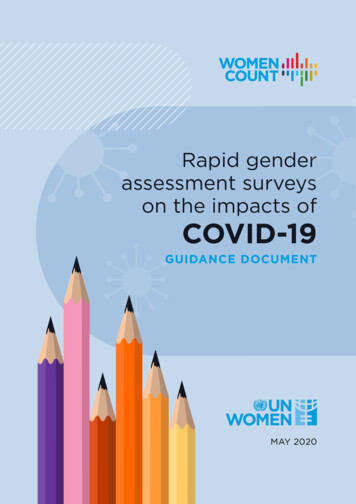
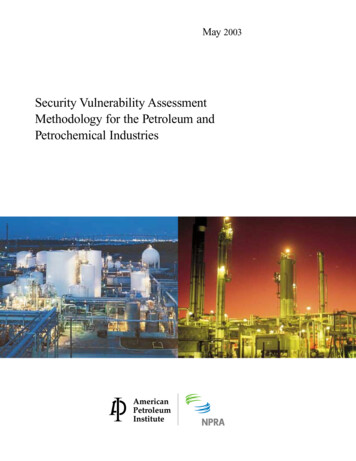
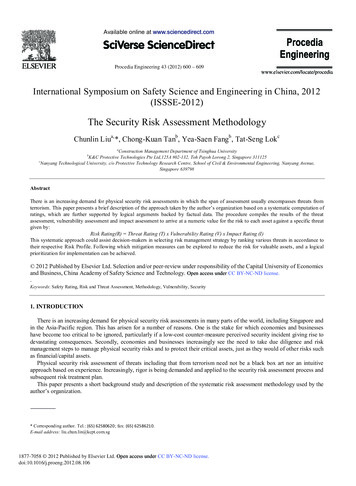
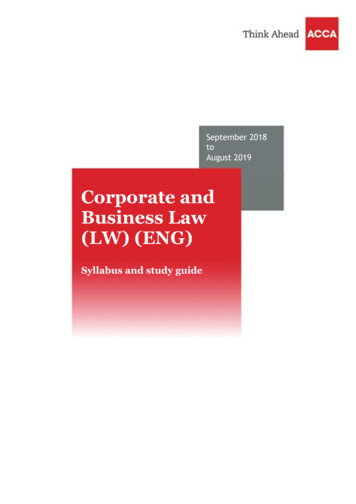
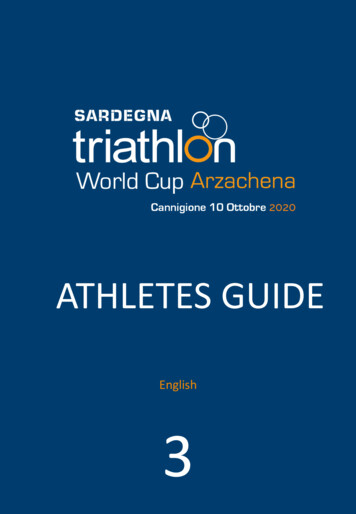

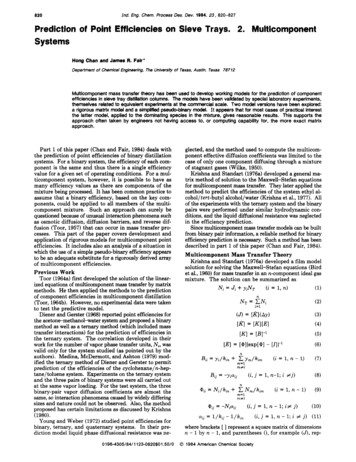
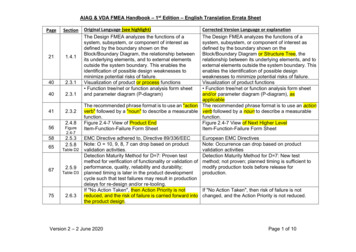
![20160924 修正版 System Keisoku ENG.ppt [互換モード]](/img/4/companyprofileinenglish.jpg)
